
Alaska summit: US and Chinese officials clash, but who’s at the table?
- Day one of talks got off to a tense start in Anchorage, as the delegations sparred in front of the cameras
- It’s the first face-to-face meeting between the two sides since US President Joe Biden took office
So who is taking part in the Alaska showdown?

02:23
Gloves off at top-level US-China summit in Alaska with on-camera sparring
The Chinese delegation
Yang Jiechi, director of the Office of the Central Commission for Foreign Affairs
Yang is China’s most senior foreign policy official. Head of the Communist Party’s foreign affairs office and a Politburo member, Yang is regarded as President Xi Jinping’s most trusted foreign policy aide.
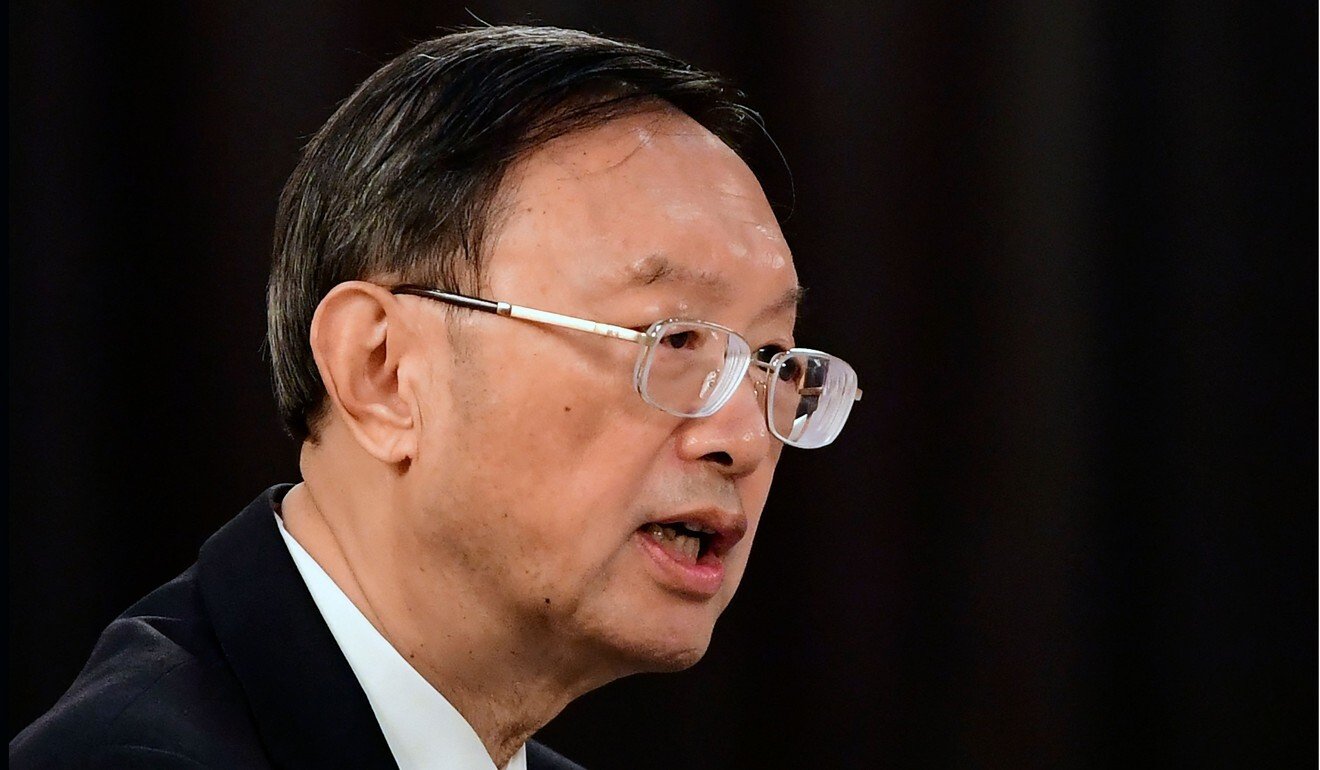
Wang Yi, foreign minister
Wang has been China’s minister of foreign affairs since 2013 when he replaced Yang, who had been in the role since 2007. He was promoted to a state councillor in 2018, meaning he is more senior than government ministers and has an elevated status in the nation’s decision-making structure.
“The two sides should advocate healthy competition on a fair and just basis for the purpose of self-improvement and mutual enhancement, rather than finger-pointing or zero-sum competition,” he said. “We are open-minded to explore and deepen cooperation with the United States.”
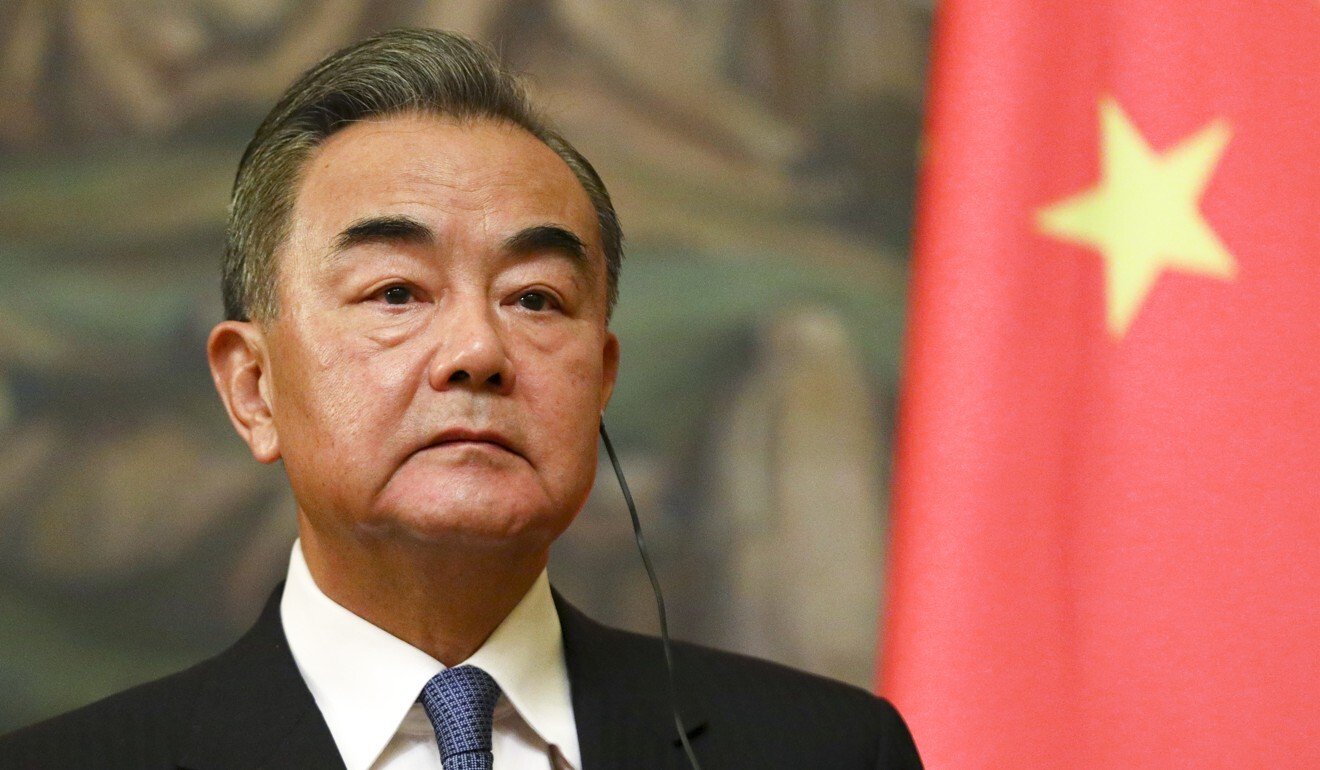
Cui Tiankai, ambassador to the US
“We do not have unrealistic expectations or illusions on it,” he told state news agency Xinhua and several other outlets. “But I hope that it will become a beginning and that the two sides will start a candid, constructive and rational process of dialogue and communication. If this can be achieved, then the dialogue will be successful.”
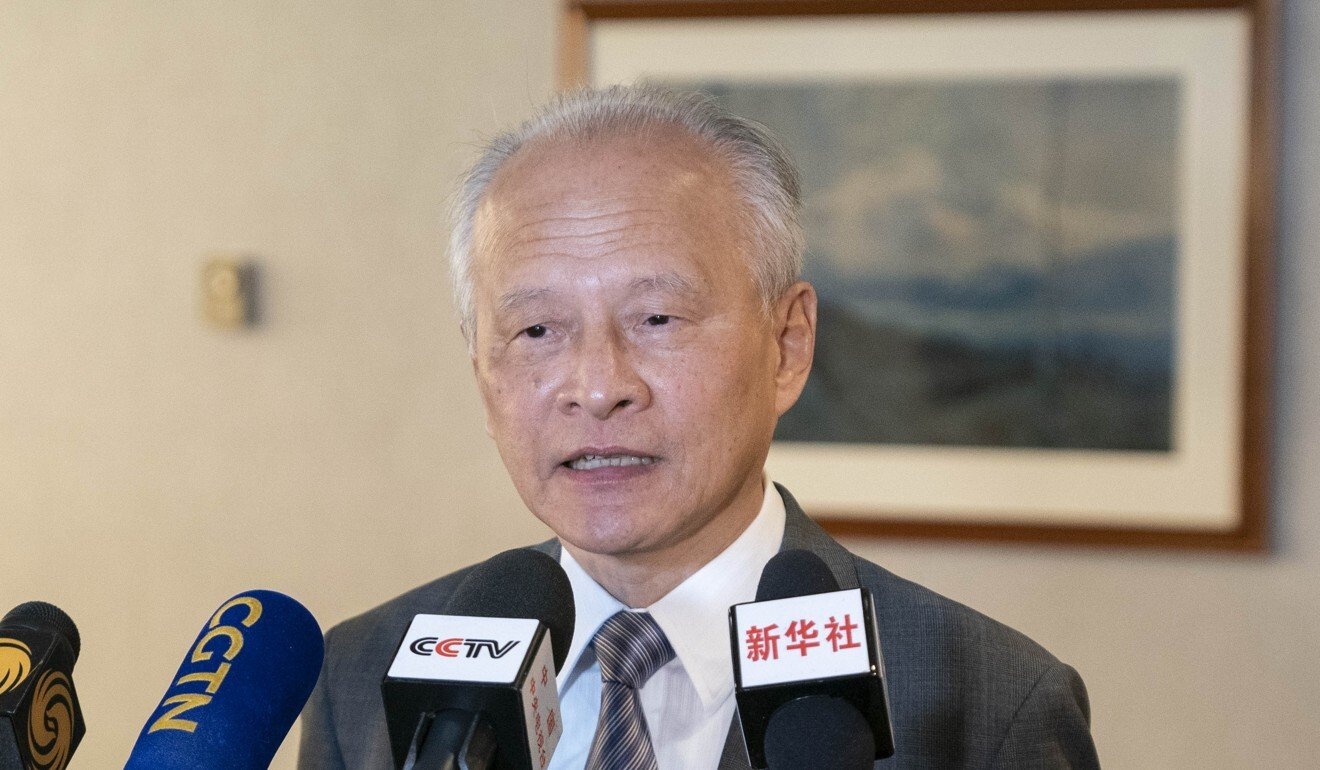
Xie Feng, vice-minister of foreign affairs
Xie was named vice-minister of foreign affairs last month, in charge of policy planning for North America and Oceania, Latin America and the Caribbean, as well as translation and interpretation.
He returned to Beijing from Hong Kong in January, ending his tenure as the commissioner of the Office of the Commissioner of the Ministry of Foreign Affairs in the city.

Lu Kang, director general of the foreign ministry’s Department of North American and Oceanian Affairs
Lu took over as head of North America and Oceania affairs in 2019 after leading the foreign ministry’s information department as a senior spokesman.
According to the ministry, Lu’s department oversees and coordinates policies on cooperation and exchanges with countries including the US, Canada, Australia and New Zealand. It also manages diplomatic contacts with those countries and is responsible for translation and interpretation.

Liu Jianchao, deputy director of the Office of the Central Commission for Foreign Affairs
He became an assistant minister of foreign affairs in 2015 after serving as Chinese ambassador to the Philippines and Indonesia and as chief spokesman for the ministry.

The US delegation
Antony Blinken, secretary of state
As former president Barack Obama’s deputy secretary of state from 2015 to 2017, Blinken met top Chinese diplomats including Yang and Wang.
Blinken said the shake-up of Hong Kong’s political structure “further undermines the high degree of autonomy promised to people in Hong Kong and denies Hongkongers a voice in their own governance, a move that the United Kingdom has declared to be a breach of the Sino-British Joint Declaration”.

Jake Sullivan, national security adviser
Sullivan is the top US national security official and a top adviser to Biden. He served in the Obama administration as national security adviser to then vice-president Biden and was director of policy planning at the Department of State, as well as deputy chief of staff to then-secretary of state Hillary Clinton.
He said other priorities in the China strategy included government investment for technology sectors Beijing hoped to dominate.
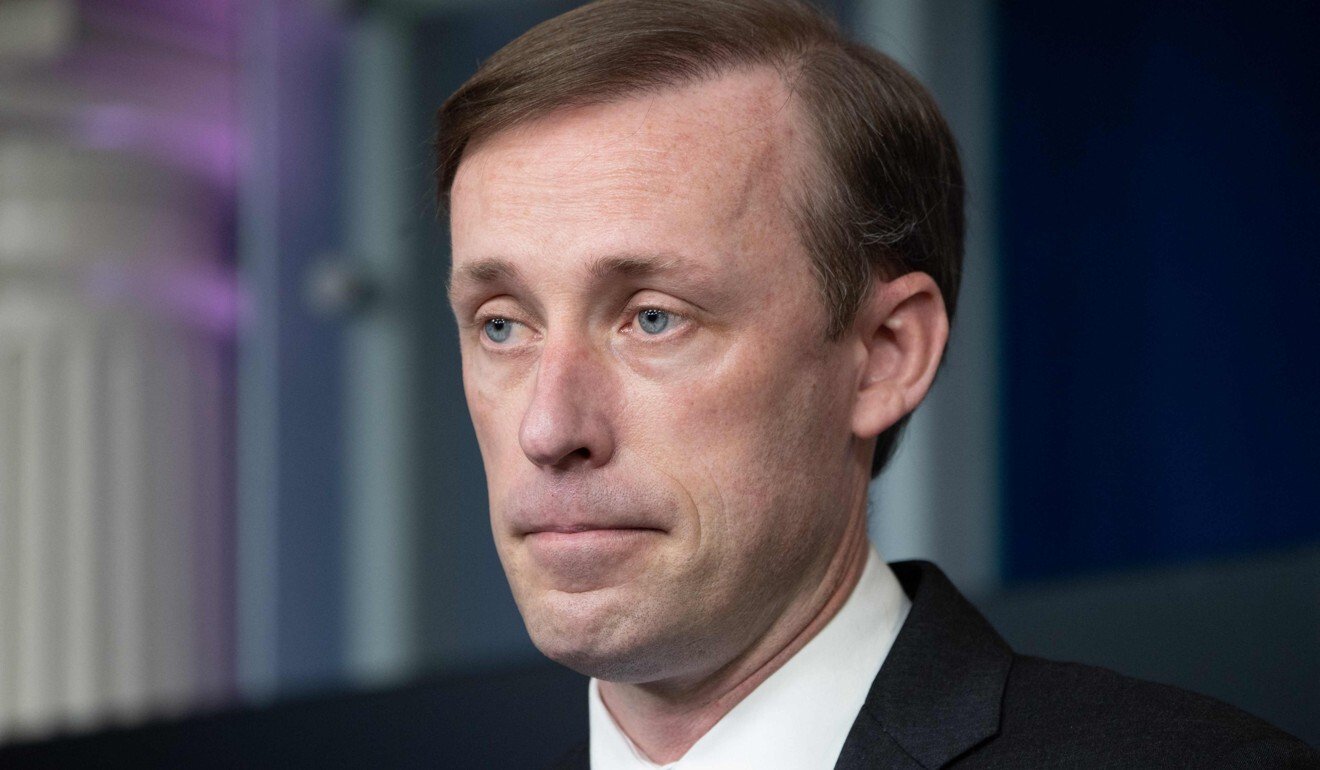
Kurt Campbell, Indo-Pacific coordinator at the National Security Council; deputy assistant to the president
Campbell, an Obama administration veteran, has taken up a new role at the National Security Council as Biden’s point man on China and Asia policy, as well as being his deputy assistant.
He said China’s “economic coercion” of Canberra had been raised in every meeting between US and Chinese officials and “will be underscored in interactions in Anchorage later this week”.
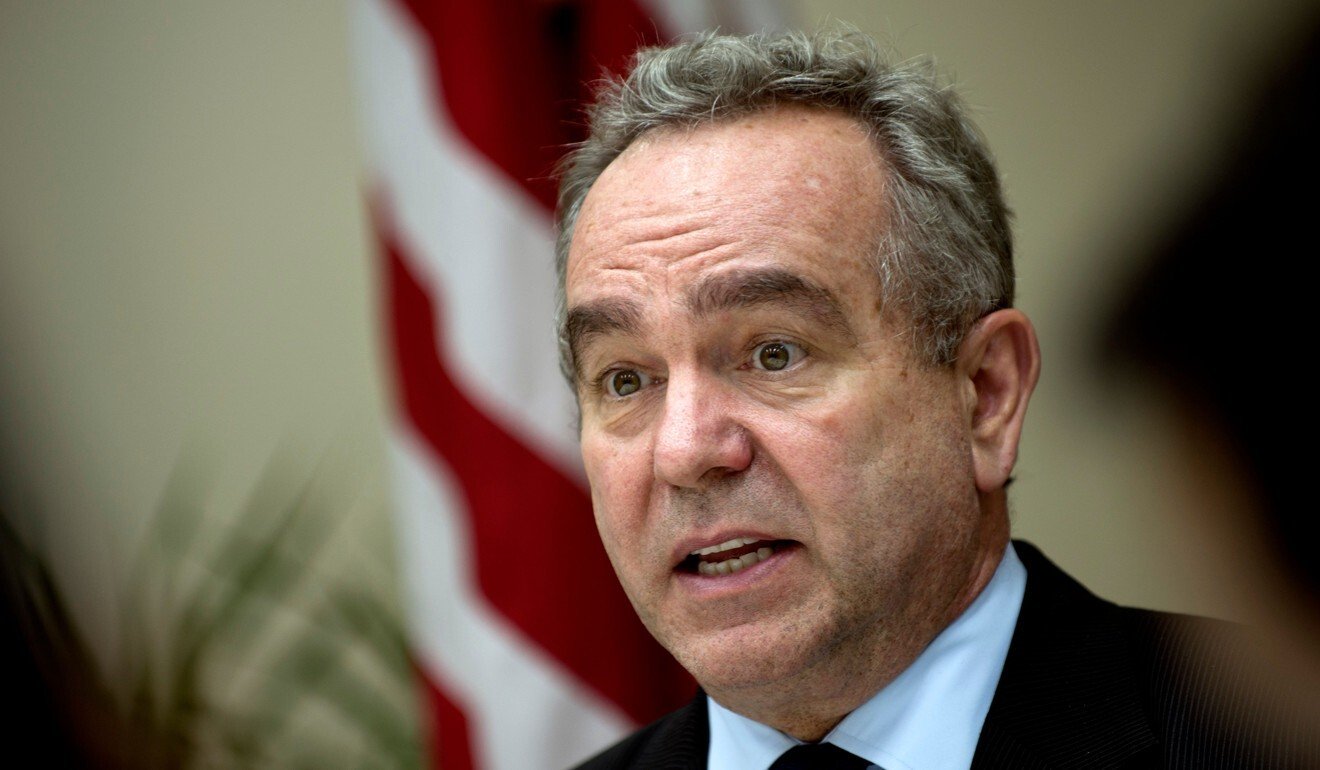
Laura Rosenberger, senior director for China at the National Security Council
She was previously NSC director for China and Korea under Obama. She was also chief of staff to then-deputy secretary of state Blinken. She also was an adviser on foreign policy to Clinton during her 2016 presidential run.

Robert Forden, charge d’affaires of the US embassy in Beijing
Forden has led the US mission to China since October after serving as the deputy chief for two years.
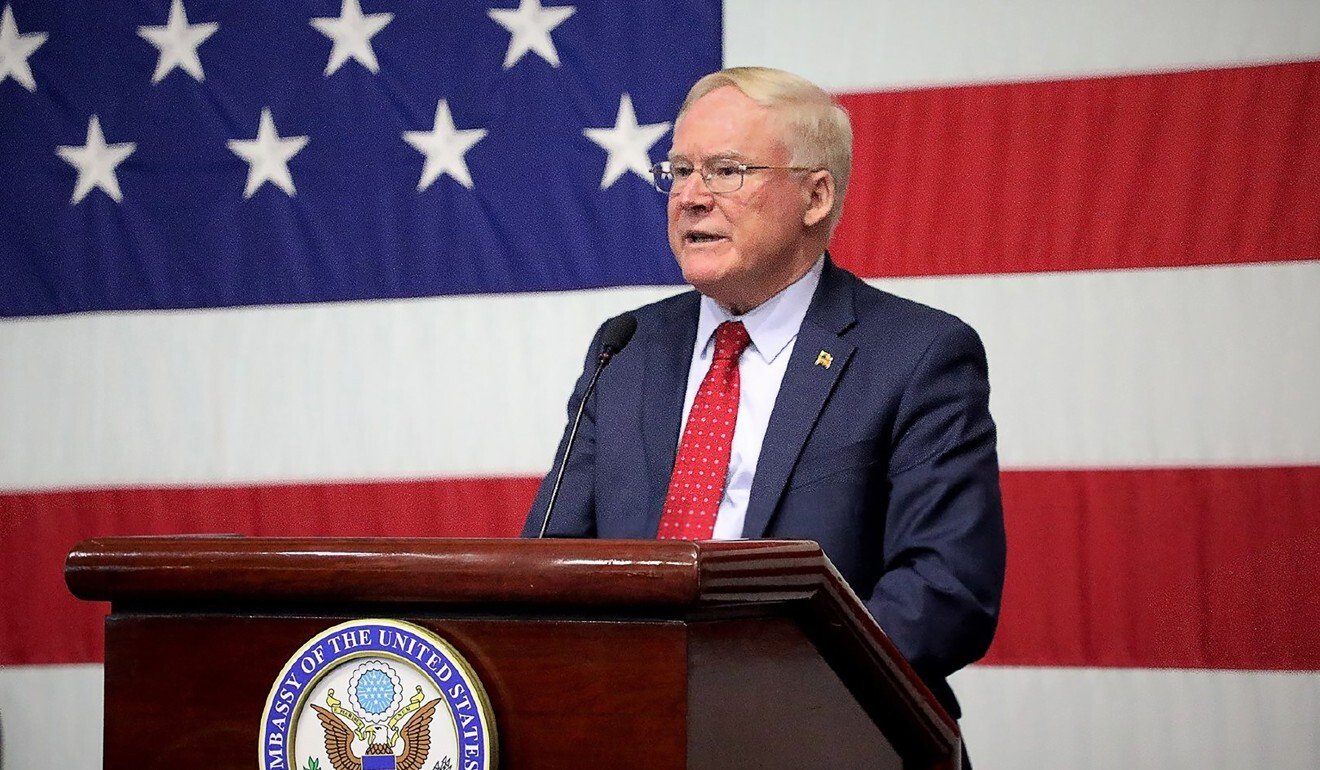
Jonathan Fritz, deputy assistant secretary of state for East Asian and Pacific affairs
Fritz has been serving as the deputy assistant secretary of state responsible for China, Mongolia and Taiwan coordination since June 2019.
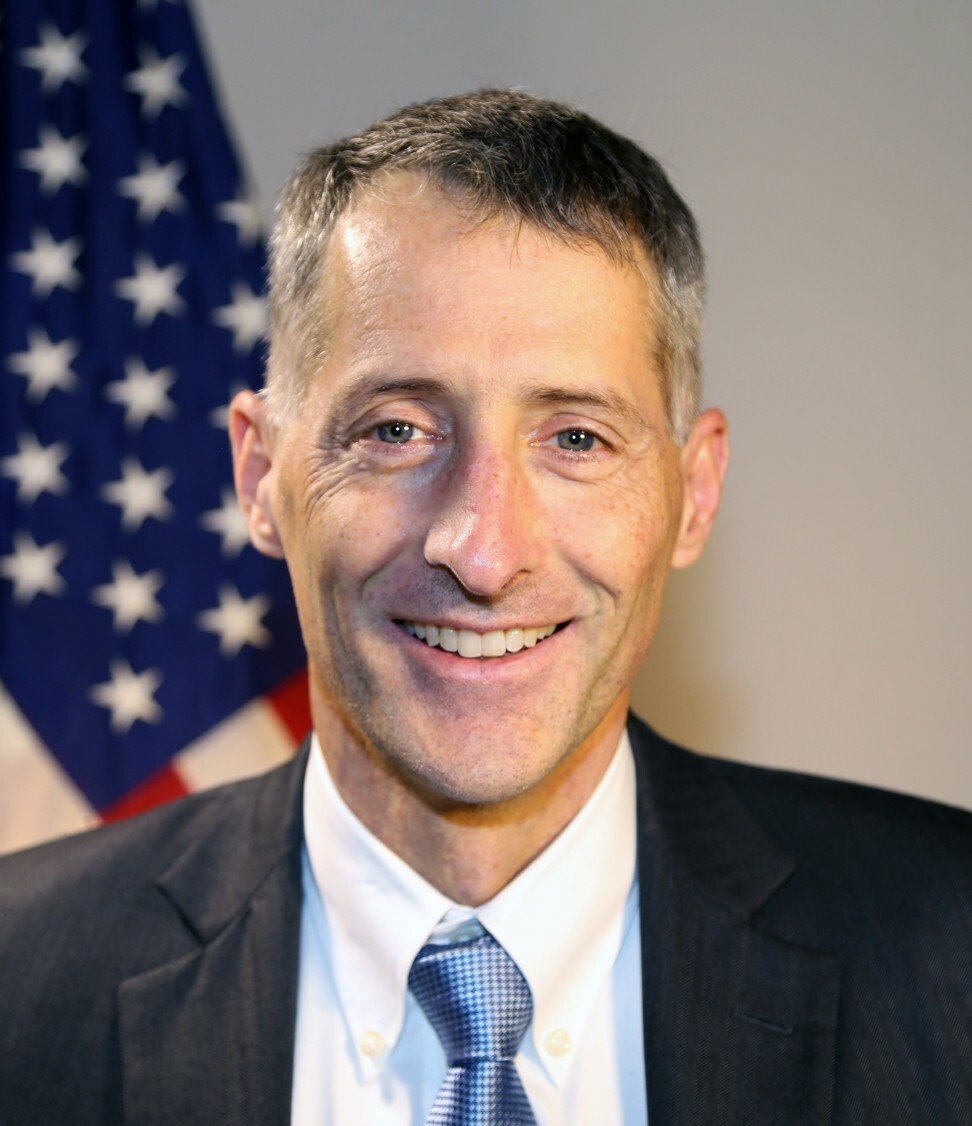
According to the Department of State, he was also posted at the US embassy in Beijing, where he served alternately as minister-counsellor for economic affairs, chief of staff, acting deputy chief of mission and charge d’affaires.

